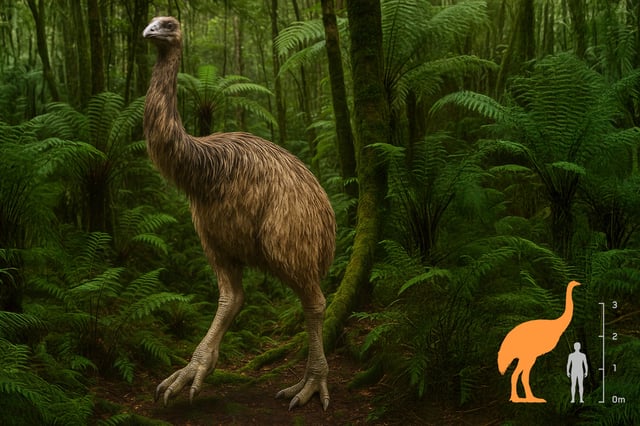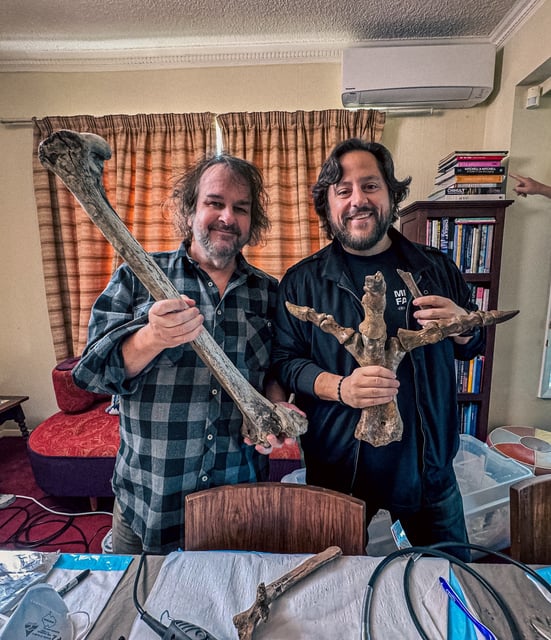Overview
- The Ngāi Tahu Research Centre is driving a Māori-led programme in collaboration with Colossal Biosciences and filmmaker Peter Jackson to de-extinct the giant moa.
- Scientists have extracted about two dozen ancient DNA samples from moa fossils and leveraged a tinamou reference genome to begin reconstructing the bird’s genetic blueprint.
- Researchers plan to complete the first moa genome by summer 2026 with the ultimate goal of reviving live birds within five to ten years.
- Reviving an extinct bird presents unique technical challenges because avian embryos develop inside eggs rather than through mammalian-style surrogacy.
- Conservation experts caution that true de-extinction may not be feasible and warn it could divert resources from protecting species that remain endangered.


